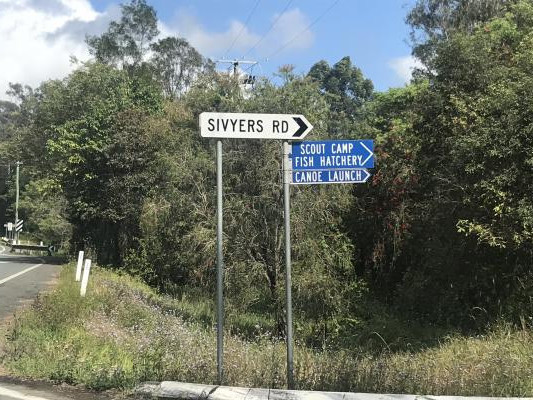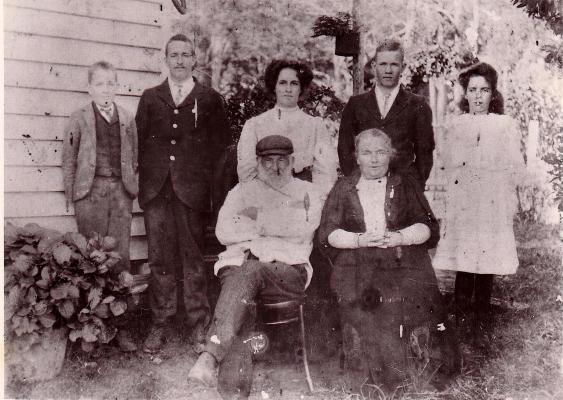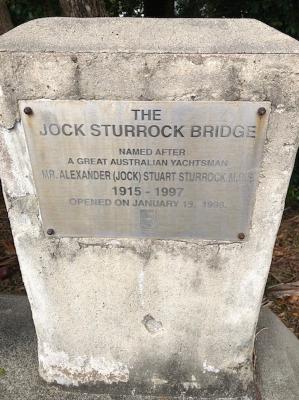Sivyers Road, Tinbeerwah
Unless you happen to be launching a canoe on Lake Mcdonald, or you’re fortunate to live somewhere along its leafy glades, or beyond, on Gumboil Road, you probably wouldn’t have paid much attention to the turnoff to Sivyers Road from the Tewantin-Cooroy Road.
It’s one of the quieter neighbourhoods in semi-rural Tinbeerwah, and fittingly it’s named after one of our lesser known pioneers, the quiet achiever, Spencer Sivyer. But while the rest of the world may have forgotten about this versatile timberman, sawmiller, road and bridge builder, Inspector of Timbers for Queensland Rail, pioneer, settler and farmer, his family certainly have not. For much of what follows, I am indebted to sivyer.com.au, one of the best researched and presented family history websites I’ve come across.
Spencer Sivyer was born at Peasmarsh, Sussex, England on October 6, 1833, and was five and a half years old when he arrived in Australia with his parents, James and Sarah in April, 1839. James established a timber business in Redfern, and by the end of the 1840s, Spencer and his two younger brothers were employed there. Spencer married Elizabeth Bathgate in 1851, but soon after his father’s business ran into financial difficulties and he was forced to take work on the construction of the Hunter River railway, a job that led to a long career building frontier railways.
Somewhere a long the way, Spencer also fell into financial difficulties, and by 1868 he and his young family had moved to Maryborough, Queensland, where he became a roadbuilder for a time, before joining Queensland Railways and rising to the position of Inspector of Bridge Timbers before Elizabeth died in 1880. In 1881, Spencer married Harriet Coram, a girl from Devon who had arrived in Maryborough on the ship Earl Derby.
Accepting a new position on the North Coast Railway, Spencer moved his family to the Cooroy area, and lived by the railway line at Nandroya, before selecting land at Tinbeerwah in 1891, which he named Devon Park, after his second wife’s birthplace. Here, on Six Mile Creek, he and his grown sons went into the dairy and timber industries while he continued to work on the railways, in positions that sometimes forced him to live in Brisbane. Despite these absences, and his personal financial difficulties from time to time, he was a frequent and generous benefactor of the Methodist Church in Cooroy and its various charities.
In 1902, Spencer and Harriet retired to Devon Park, where they enjoyed the company of a growing brood of grandchildren until Spencer’s death in 1914, aged 81. Harriet lived on there until her death in 1934. The couple are buried side by side in unmarked graves in the Cooroy Cemetery.
While successive generations of the Sivyer family have spread all over Queensland, much of Devon Park went underwater with the creation of Lake Mcdonald.
Corrections: Reader and “old yachtie” Kay Murray points out that I simply didn’t look hard enough in my quest to find a plaque at the Jock Sturrock Bridge in Noosa Waters. In fact it’s on the western side of the bridge near The Promontory. But, she concedes, “it would be nice if the sign was larger so more could acknowledge Jock”. Hear, hear.
Reader J.G. Mann points out that the house I identified at Alderly Cottage in Little Cove is, in fact, the house next door.
Apologies all round.









